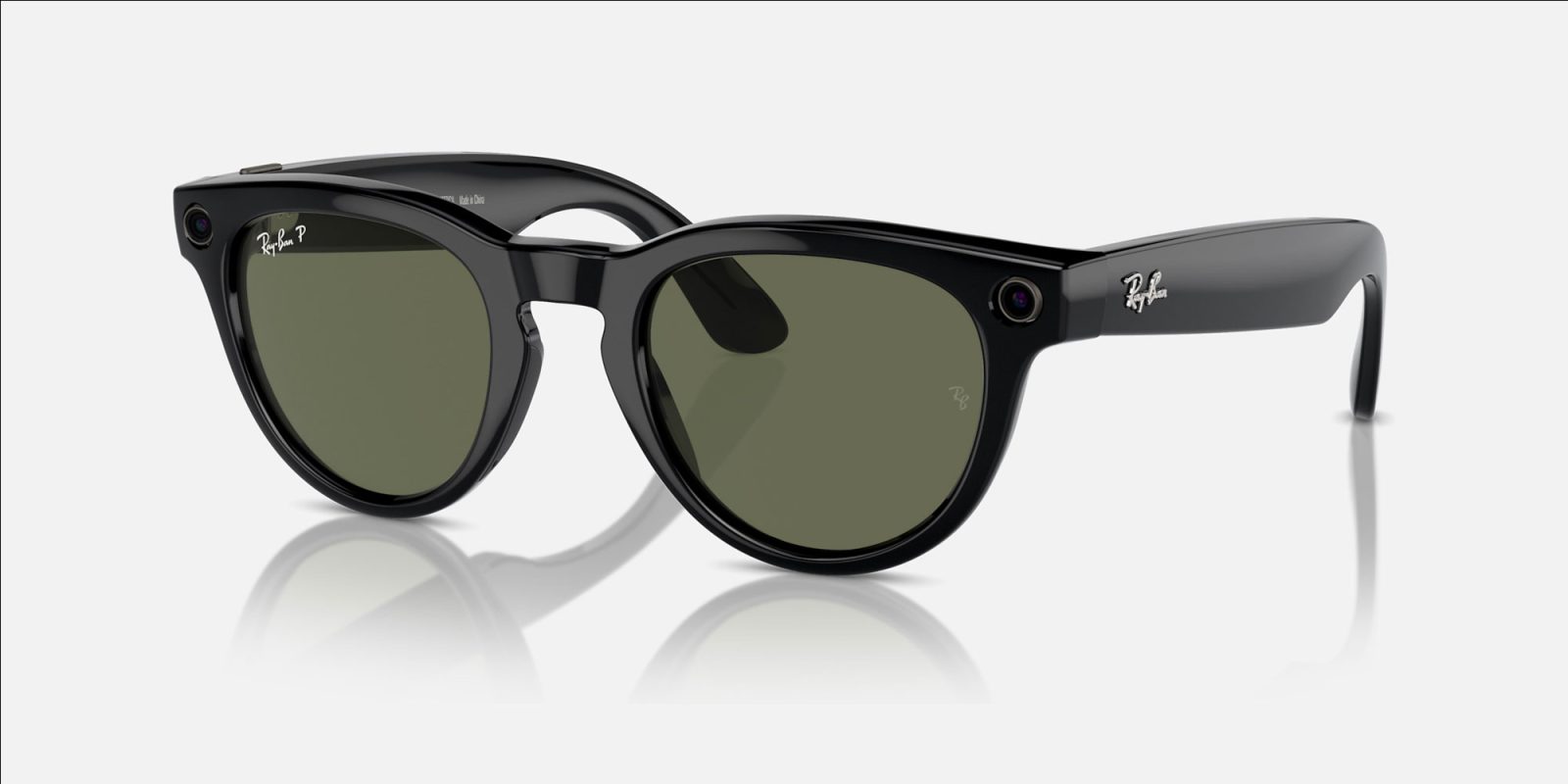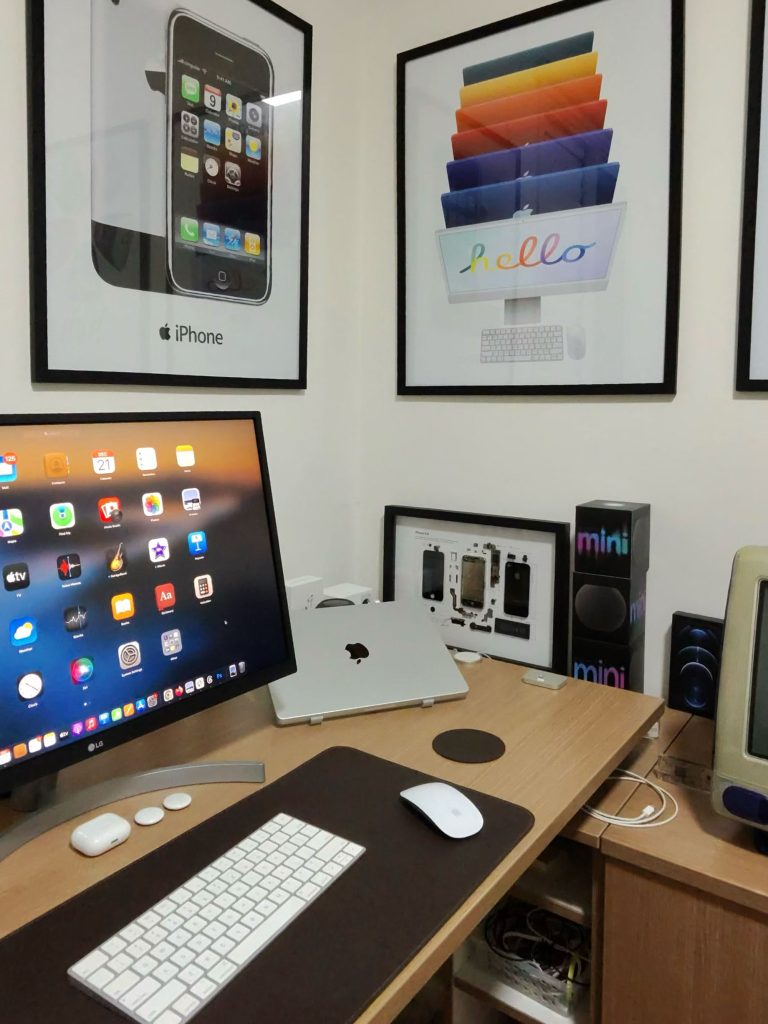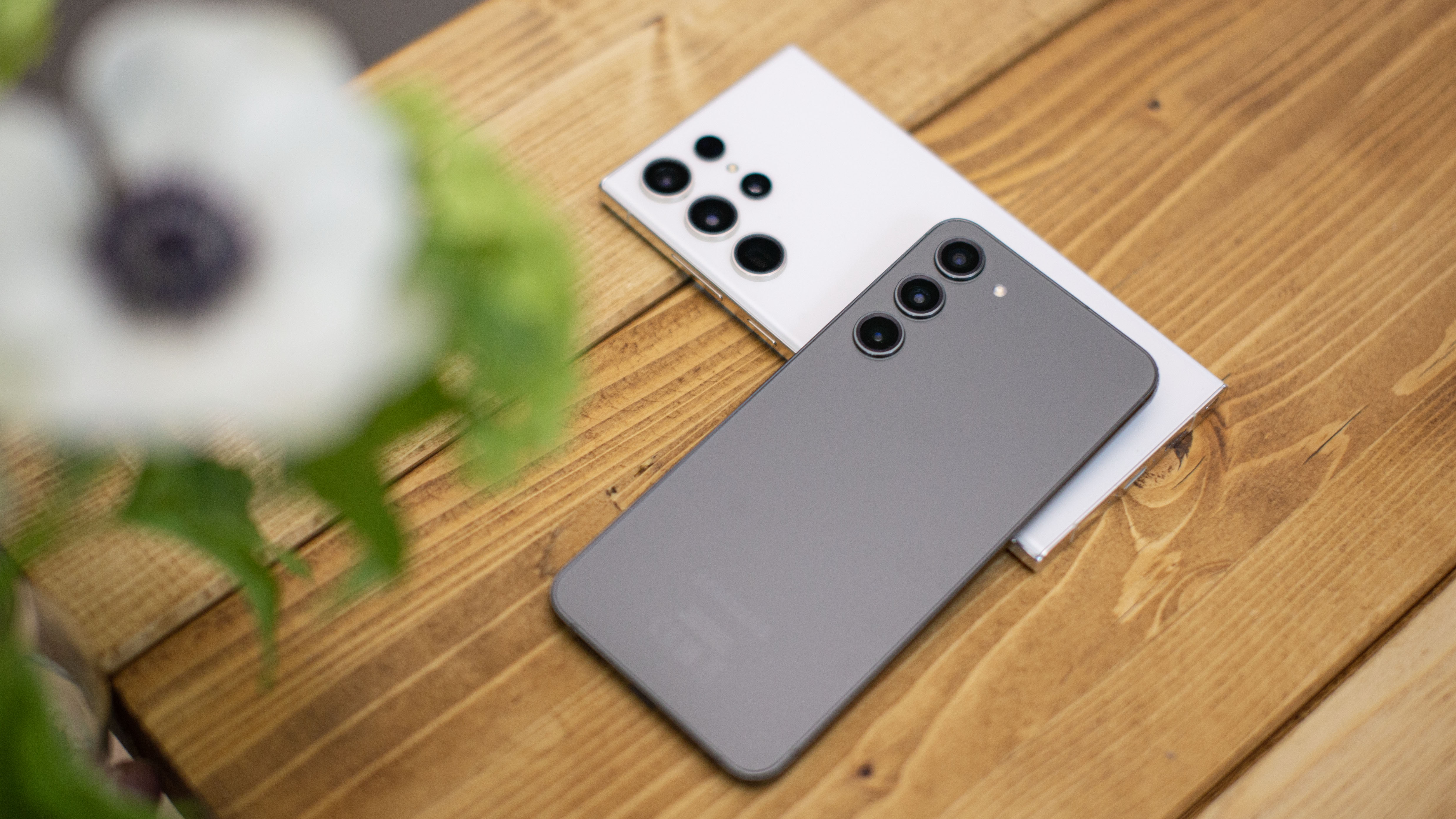

Smart glasses aren’t a new thing, in fact, they’ve been around for a long time. But over the years, companies have been working on improving them, or at least trying to make them mainstream. Meta is one of the companies trying to do this, and I decided to give the Ray-Ban Meta glasses a try to see if there’s any point in having smart glasses.
Meta’s first smart glasses were announced in 2021, when the company was still called Facebook. In a partnership with Ray-Ban, both companies introduced Ray-Ban Stories. The glasses looked like regular Ray-Ban glasses, but with cameras capable of capturing photos and videos with audio. They also have built-in speakers so that they work like headphones.
The Ray-Ban Stories got a lot of attention when they were announced, but they never became a hit. The battery life wasn’t great, and the 5 megapixel camera was a bit of a disappointment.
Two years later, the Ray-Ban Stories got a significant upgrade, now under the name Ray-Ban Meta. They still look a lot like regular Ray-Ban sunglasses, but this time with much better hardware. I’ve been using the Ray-Ban Meta for a few weeks now and here are my thoughts on them.

Setting up
The glasses come in similar packaging to other Ray-Ban glasses. As soon as you open it, you find the glasses inside a leather case that looks quite elegant. This case works like an AirPods case, as it recharges the battery of the glasses when they’re inside.
There’s no magic pairing as users need to download the Meta View app to set up the Ray-Ban Meta, but the whole process is quite simple. An interesting detail is that the glasses work with a Meta account, so you don’t necessarily need to have a Facebook or Instagram account to use them.
After setting up the Ray-Ban Meta for the first time, they automatically pair with your phone when they’re out of the case, so there’s no need to go to the Bluetooth settings or open the Meta app every time. Of course, the app is required to change settings, install firmware updates, and transfer data from the glasses to the phone.
For me, the coolest thing about the Ray-Ban Meta is that they look like regular sunglasses. There are more ambitious products like the Meta Quest headsets and even Apple Vision Pro, but I still can’t imagine myself using these headsets outdoors.
These products have quite different purposes, and the whole idea of the Ray-Ban Meta is to be glasses that you can wear all day, anywhere.
They don’t look like a futuristic piece of technology and don’t catch most people’s attention. In fact, most of my friends had no idea I was wearing smart glasses. That can be good and bad, but I’ll talk about that later. The glasses are also quite light, so you really forget that you’re wearing something with cameras, microphones, and speakers inside.

They’re meant to be fun
Ray-Ban Meta glasses are clearly not focused on productivity or anything like that. They’re meant to be fun. When I bought them, I was on vacation in Europe. I usually take photos and videos with my iPhone, after all, it has an exceptional camera. But there are some moments that happen so quickly that you don’t even have time to take your phone out of your pocket.
And that’s where the Ray-Ban Meta comes in, because they’re already there on your face, ready to be used. With just the click of a button on the right stem, you can capture a photo of what you’re looking at. Press the button for a few seconds and then it captures a video.
And the best part is, the quality of the cameras is significantly better. The image still isn’t as good as smartphone cameras, but it’s good enough for posting on Instagram Stories. The ultra-wide 12-megapixel lens does a good job of capturing photos, even when there’s a high contrast of light, and 1080p videos look good too.
There are some downsides, though. Capturing images and videos in low-light environments is still a challenge – which isn’t surprising. I’ve also noticed that images can easily become shaky if I simply press the button while I’m moving. And when it comes to videos, it only captures them vertically, not horizontally.



Sound experience
In addition to functioning as a camera, the Ray-Ban Meta glasses also come with a few other tricks. The built-in speakers and microphones allow users to listen to songs and even make phone calls with the glasses on. The quality is far from ideal, but it works interestingly well in some situations.
Meta says that the speakers in this new generation are much better. I was surprised by how clean the sound is. What’s more, it’s stereo sound and the speakers are arranged in such a way that the sound seems to come from regular headphones. Unfortunately, the bass is almost non-existent here, which makes the experience disappointing for serious media consumption.
Even so, I like to listen to songs, podcasts, or audio messages with the Ray-Ban Meta when I’m in an Uber or at the supermarket. I know this is personal, but earbuds like the AirPods make me feel like I’m isolated from the world – and when I see someone wearing headphones, I usually assume that they don’t want to talk.
Having something that plays audio directly into your ears but doesn’t isolate you from the world is really interesting at certain moments. By the way, the microphones are quite good.
More tidbits
Users can control the Ray-Ban Meta glasses with touch gestures, such as sliding their finger to raise or lower the volume, and tapping to play or pause. The glasses also have some basic voice commands for taking photos and capturing videos. Soon, Meta will launch an AI-based assistant that will be integrated with the camera – it looks really promising.
By default, transferring media from the glasses to the phone requires opening the Meta app every time. However, the process takes no more than a few seconds and the photos are automatically imported into the user’s photo library.
As for the battery, Meta says that it lasts up to 4 hours outside the case. The company claims that users can get up to 36 hours of battery life when putting the glasses in the case. Personally, I’ve never spent more than 4 hours wearing the glasses, so that’s good enough for me.

Wrap up
Again, the Ray-Ban Meta smart glasses are not focused on productivity. Instead, they want to help users quickly capture cool moments and share them on social networks. And they do it very well. Sometimes it’s much nicer to just look at something and press a button to take a picture of it rather than taking my iPhone out of my pocket.
There are some concerns, of course. We’re talking about a product from Meta, which is known for not taking privacy very seriously. Also, because these glasses look like regular glasses, people can use them to capture things they shouldn’t. There are LEDs to indicate when the camera is on, but most people wouldn’t even notice them.
I don’t think the Ray-Ban Meta glasses are revolutionary and will change my life. However, they’re quite useful in some situations, and that makes me excited to see what other wearable technologies we’ll see in the future.
In the US, Ray-Ban Meta smart glasses cost $329. There are different models available – and you can also customize them with prescription lenses.
FTC: We use income earning auto affiliate links. More.






